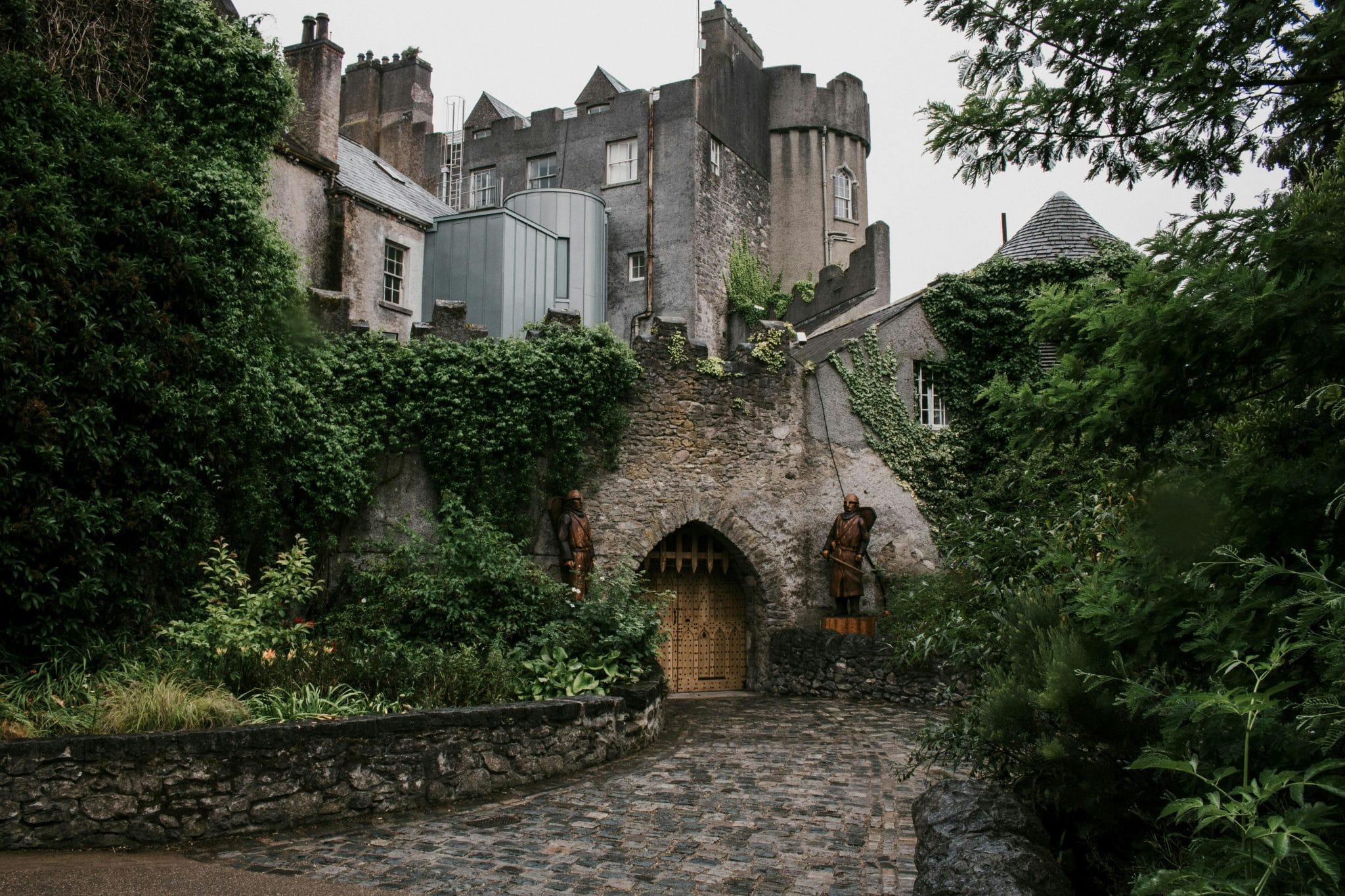History Lessons That Come Alive
The study of history has often been associated with long, dry lectures and dusty textbooks. However, in recent years, there has been a shift towards making history lessons more engaging and interactive. This new approach, known as “history alive,” makes use of various techniques to bring the past to life and make it more relevant to modern audiences. In this article, we will explore the concept of history lessons that come alive and the various ways in which educators are incorporating it into their teaching methods.
The Power of Storytelling
One of the key elements of history lessons that come alive is storytelling. Instead of simply reciting facts and dates, teachers now use narrative techniques to create a more immersive experience for their students. By weaving together historical events and personal stories of individuals from the past, students are able to connect with the subject matter on a deeper level. This not only makes the lessons more engaging but also helps students to remember and understand the information better.
The Use of Primary Sources
Another important aspect of history lessons that come alive is the use of primary sources. This refers to any original document or artifact from the time period being studied. By incorporating primary sources into their lessons, educators are able to give students a firsthand look at what life was like during a particular era. This can include letters, journals, photographs, or even furniture and clothing. Not only does this make the lessons more interesting, but it also helps students to develop critical thinking skills as they analyze and interpret the sources.
Bringing History to Life Through Technology
In this digital age, technology has become an essential tool in the classroom. And it has also revolutionized the way history is taught. Virtual reality, for example, allows students to experience historical events in a whole new way. Instead of just reading about the Civil War, students can step into a virtual battlefield and see firsthand what it was like to be a soldier in that war. Similarly, augmented reality technology can bring ancient civilizations to life, allowing students to explore ancient buildings and artifacts in a 3D environment.
Role-Playing and Simulations
One of the most effective ways to make history lessons come alive is through role-playing and simulations. By immersing students in a historical setting and assigning them different roles, educators are able to recreate important events and encourage critical thinking and decision-making skills. This not only helps students to better understand the context of historical events, but it also allows them to see things from different perspectives.
The Benefits of History Lessons That Come Alive
By incorporating these techniques into their teaching methods, educators are able to make history more relevant and accessible to students. This not only makes the subject more interesting, but it also helps students to develop a deeper understanding and appreciation for the past. History lessons that come alive also foster critical thinking, empathy, and analytical skills, which are essential for students in their academic and personal lives.
In conclusion, the traditional methods of teaching history are gradually being replaced with more dynamic and interactive approaches. By using storytelling, primary sources, technology, and role-playing, educators are able to bring the past to life and create an engaging learning experience for their students. It is through these history lessons that come alive that students are able to truly understand the impact of historical events and see their relevance in the present day.










